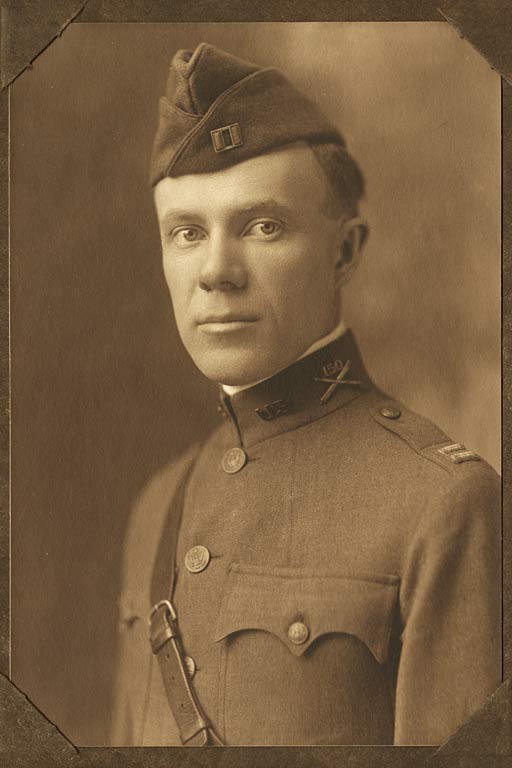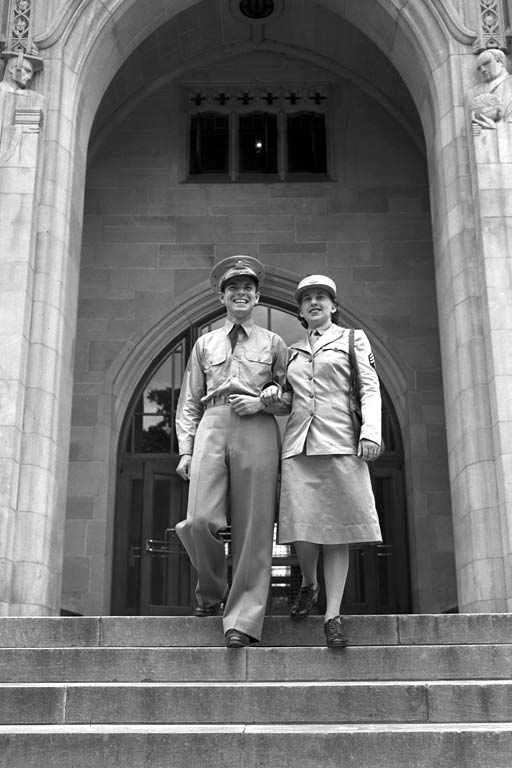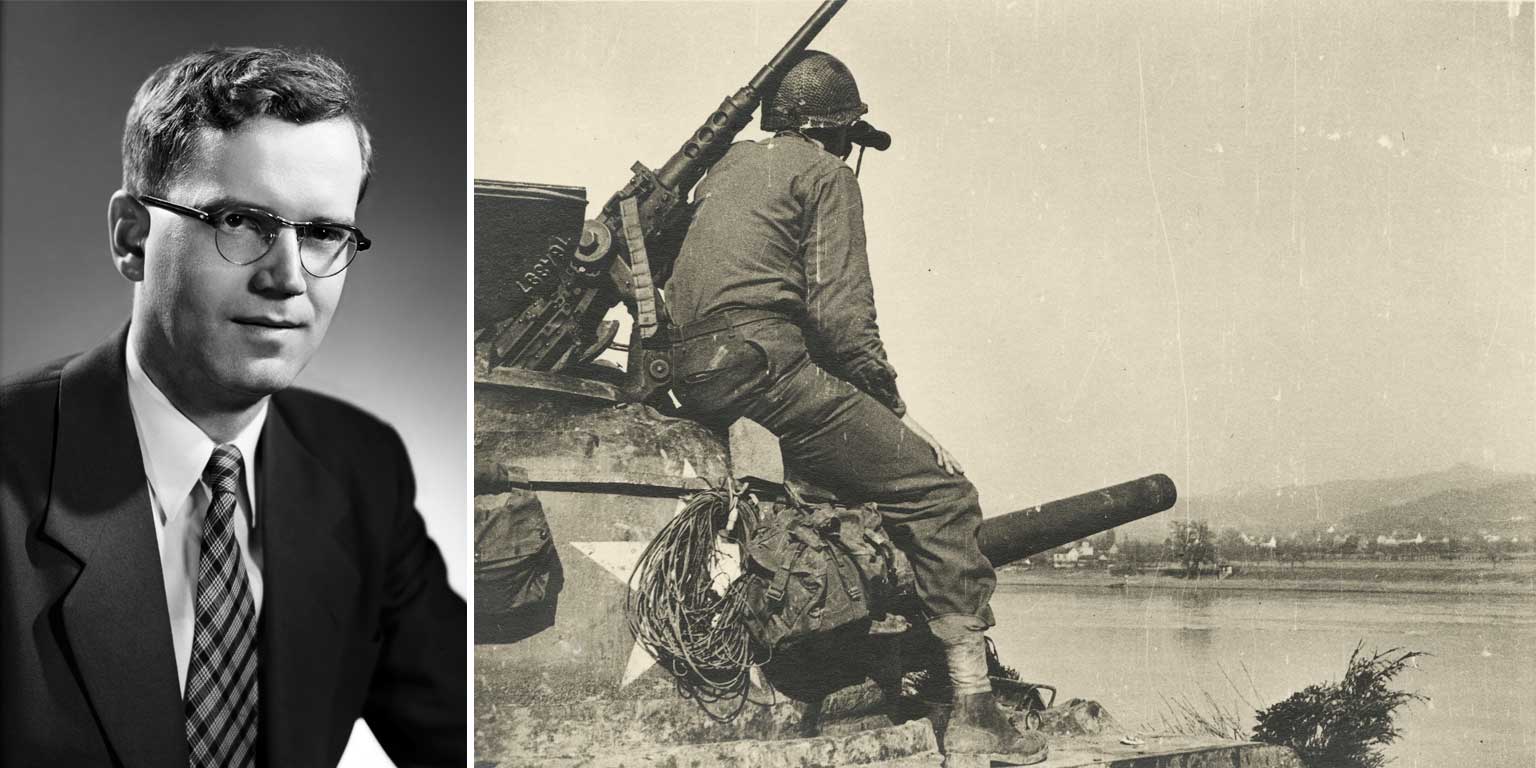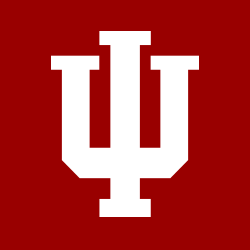Honoring those who serve
Sequestered deep within the Indiana Memorial Union, the Golden Book is a testament to thousands of IU men and women who have served the United States military. Each page of the book lists the names of veterans as well as donors to IU’s Memorial Fund, which sponsored the construction of three buildings on campus in honor of those men and women: Memorial Hall, Indiana Memorial Union, and Memorial Stadium.
Inside the book, carefully written by hand, are the names of IU alumni who served in the War of 1812, the Black Hawk War, the Mexican War, the Civil War, the Spanish-American War, the Philippine Insurrection, the Mexican Border Expedition, World War I, and World War II.
While the pages are fragile and can no longer be handled, you can still read the names and stories of IU’s heroes, including those who served since WWII, in a digitized version of the book at the opposite end of the room.








